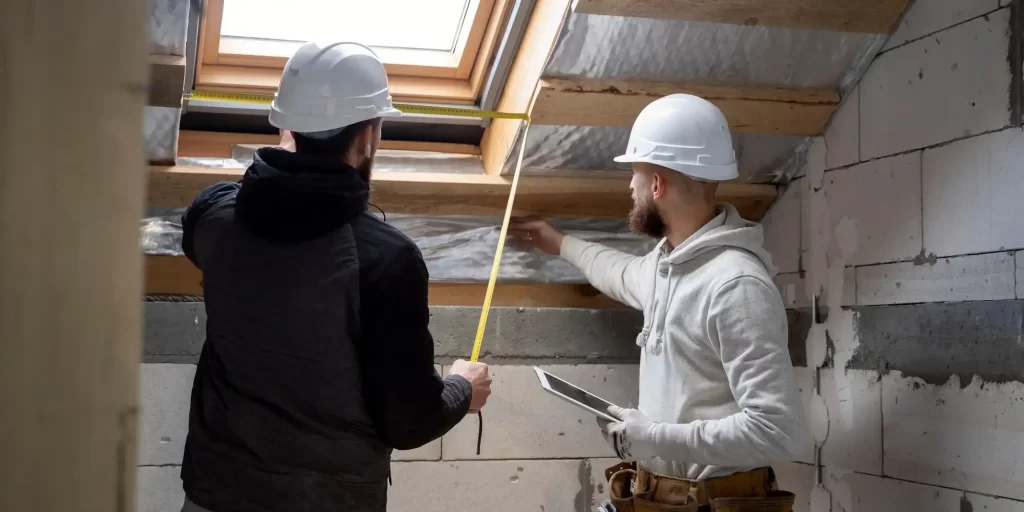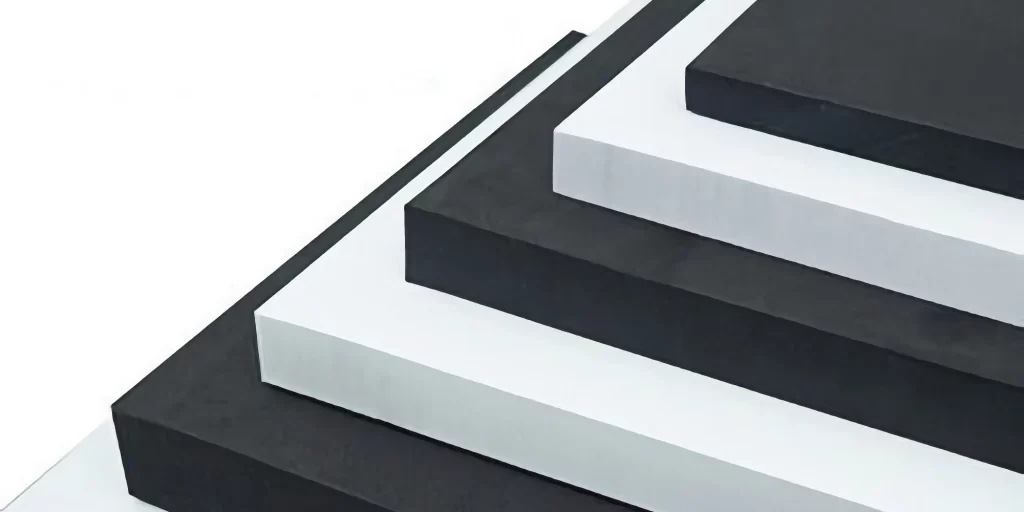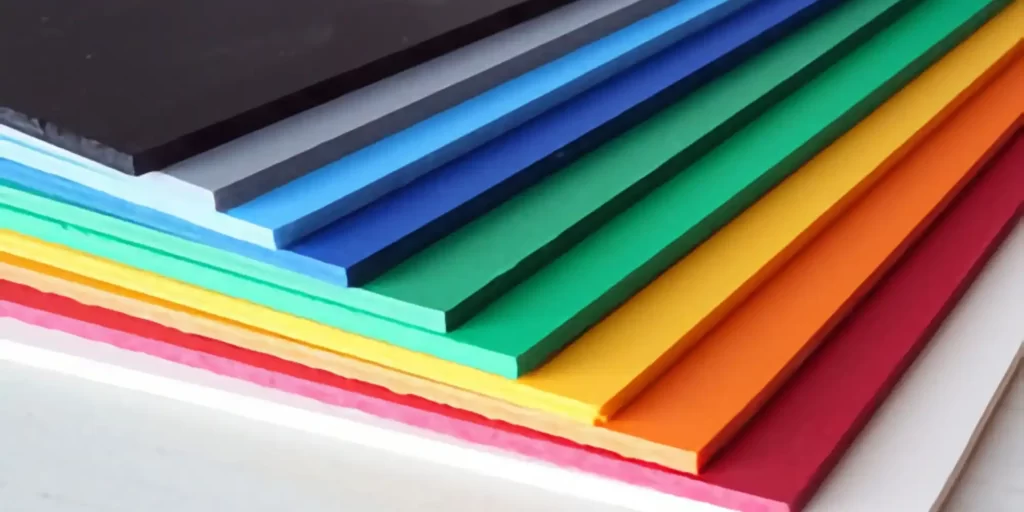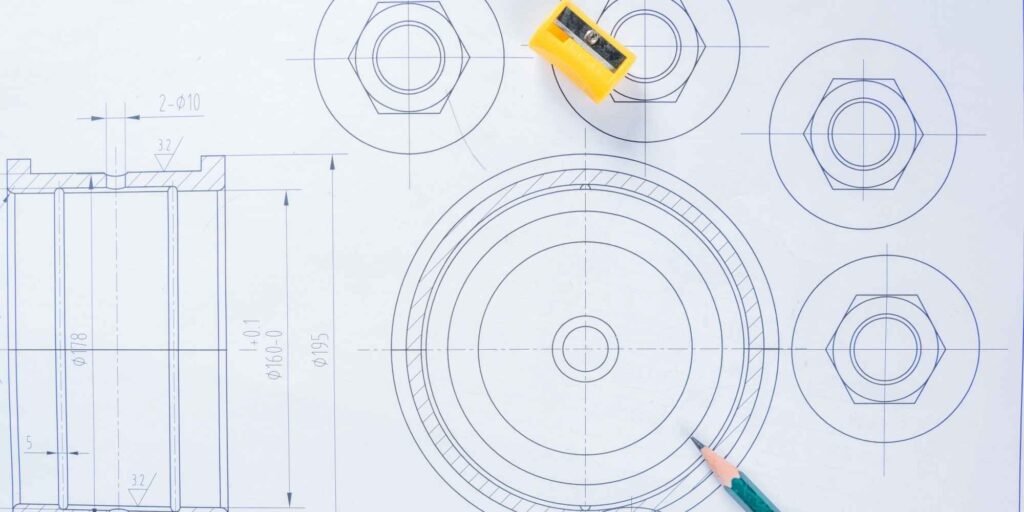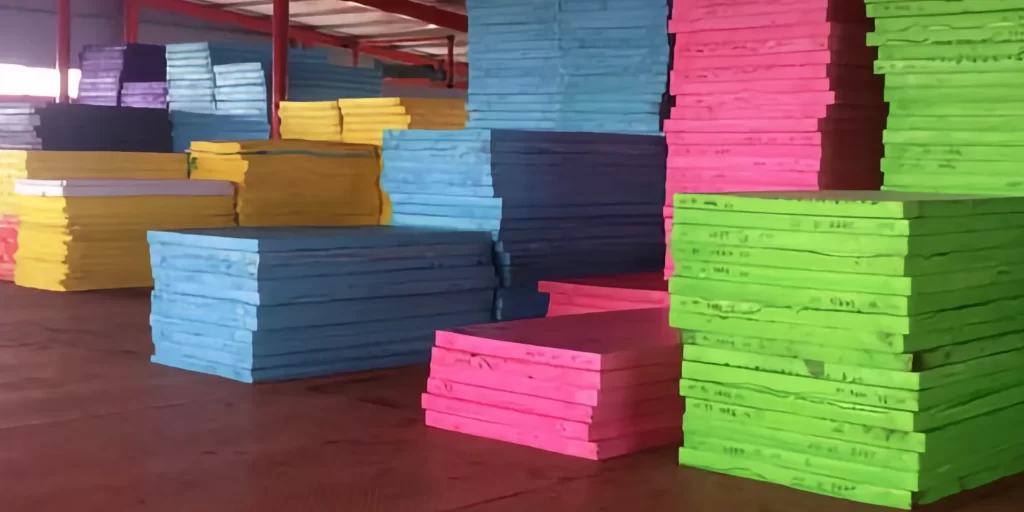Introduction
In the world of construction and home improvement, insulation is paramount. It’s the barrier that keeps the cold out during winter and the heat out during summer, ensuring a comfortable living environment and reduced energy bills. One of the materials that has been gaining traction in the insulation industry is EVA (Ethylene Vinyl Acetate) foam. This article delves deep into the world of EVA foam insulation panels, exploring their benefits, applications, and addressing common queries.
What is EVA Foam?
EVA foam is a blend of ethylene and vinyl acetate, resulting in a soft and flexible material. It’s known for its shock-absorbing properties, making it popular in sports equipment and packaging. However, its closed-cell structure also makes it an excellent insulator, preventing the transfer of heat and ensuring energy efficiency.
Why Choose EVA Foam for Insulation Panels?
- Thermal Efficiency: EVA foam’s closed-cell structure acts as a barrier to heat flow, ensuring optimal thermal insulation.
- Moisture Resistance: EVA foam is inherently resistant to water, preventing issues like mold growth and water damage.
- Lightweight: EVA foam is light, making it easy to transport and install.
- Durability: EVA foam insulation panels are long-lasting and resistant to wear and tear.
- Eco-friendly: EVA foam is non-toxic and can be recycled, making it an environmentally friendly insulation option.
Applications of EVA Foam Insulation Panels
- Walls: EVA foam panels can be installed within wall cavities or on the exterior of walls to provide added insulation.
- Roofs: They can be used in attics or as part of the roofing structure to prevent heat loss.
- Floors: EVA foam panels can be placed under flooring to provide thermal insulation and soundproofing.
- Basements: Given their moisture-resistant properties, they’re ideal for insulating basements.
- Garages: Insulating garages can help regulate temperature and make them more usable year-round.
Installation Tips
- Ensure the surface is clean and free from debris or moisture before installing EVA foam panels.
- Measure and cut the panels to fit snugly within cavities or spaces.
- Use appropriate adhesives or fasteners as recommended by the manufacturer.
- Seal any seams or joints to ensure a continuous insulation barrier.
FAQ
Q: How do EVA foam insulation panels compare to traditional insulation materials?
A: EVA foam offers superior moisture resistance and flexibility compared to many traditional insulation materials. It’s also lightweight and can be easily customized to fit various spaces.
Q: Can EVA foam panels be used in combination with other insulation materials?
A: Yes, EVA foam panels can complement other insulation materials, enhancing the overall insulation efficiency.
Q: How long do EVA foam insulation panels last?
A: With proper installation and minimal exposure to direct sunlight, EVA foam panels can last for decades.
Q: Are there any safety concerns with EVA foam panels?
A: EVA foam is non-toxic and safe for use in homes. However, it’s essential to ensure proper ventilation during installation to avoid any potential fume inhalation.
Conclusion
EVA foam insulation panels are a game-changer in the world of insulation. Their unique properties, combined with their versatility, make them a top choice for homeowners and contractors alike. Whether you’re building a new home or retrofitting an old one, EVA foam panels offer an efficient and durable insulation solution that will keep you comfortable and save on energy costs.
